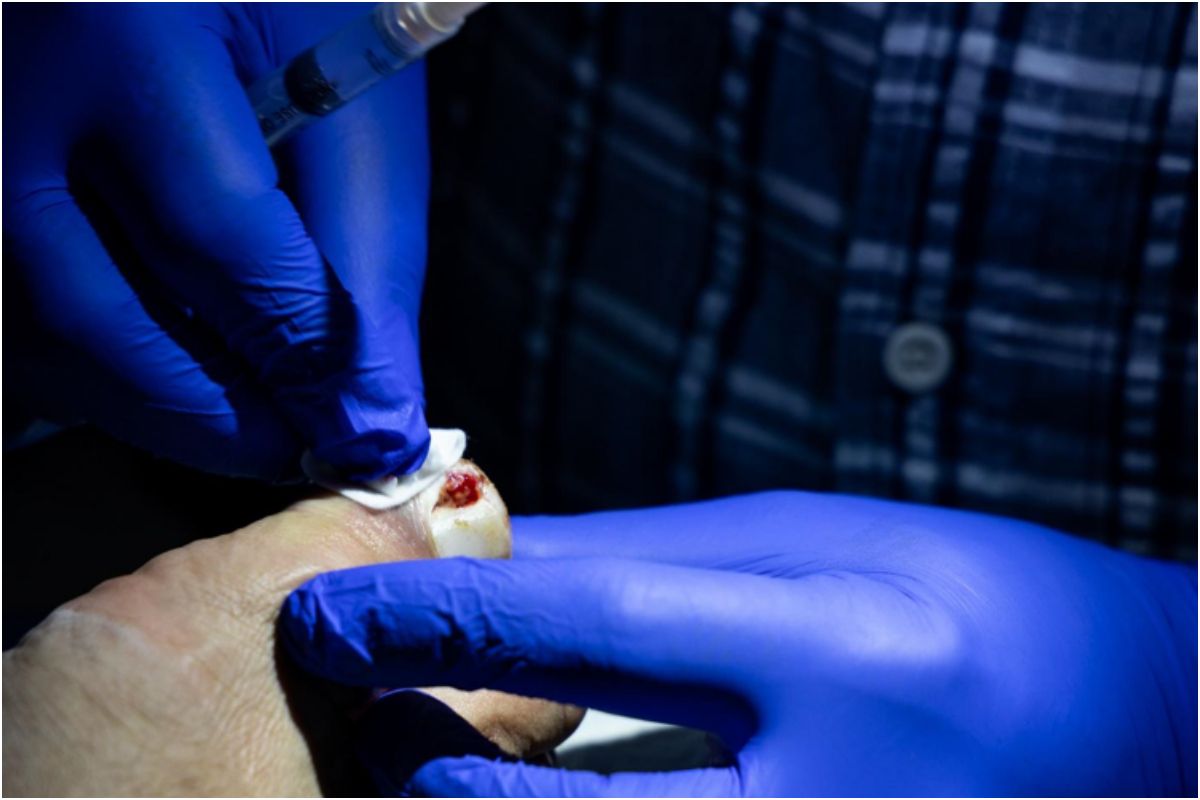DFU is also characterized by decreased growth factor production and angiogenic response, macrophage function, collagen accumulation and epidermal barrier function.
New Delhi: One of the most common complications of diabetes (DM) is a slow-healing wound, often seen on the plantar aspect of the foot, due to changes in peripheral circulation, sensation, and the structural integrity of the foot common with type II diabetes. Diabetic foot wounds (DFU) are notoriously difficult to heal, affected by infection, ischemia, and patient compliance.
“When not treated properly, diabetic ulcers can lead to amputation and are ultimately life-threatening,” says Dr. Shivashakti Nursing Home in Chennai, Tamil Nadu, India. Mrs. RD Rajeshwari confirmed. It is estimated that 15% of diabetic patients will develop foot ulcers and 6% will require hospitalization. DFUs are the most common cause of major non-traumatic amputations worldwide and are the costliest type of chronic wound, with 84% of all diabetic-related amputations preceded by diabetic foot ulcers.
DFUs do not generally follow the expected acute wound healing phase progression, often becoming chronic wounds, especially when traditional standard wound care of wet-dry treatment is used. Hyperglycemia and related factors such as advanced glycation end-products (AGEs) exacerbate peripheral neuropathy and angiopathy, complicating healing. Several studies report that AGEs alter the interaction between cells and the extracellular matrix (ECM) and cause structural changes in collagen I. AGEs cause tissue stiffness, limiting blood flow.
DFU is also characterized by decreased growth factor production and angiogenic response, macrophage function, collagen accumulation and epidermal barrier function. Keratinocyte migration is inhibited due to decreased endothelial growth factor receptors and abnormal localization and migration and proliferation of fibroblasts.
Collagen is the most abundant protein in the body, important for the structural support of the skin and ECM. The unique triple-helical structure of collagen reinforces its scaffold function with type I accounting for 80–85% of collagen in the skin (5). Chronic wounds are characterized by elevated protease activity of metalloproteinases (MMPs) and serine proteases (eg, human neutrophil elastase) that interfere with collagen synthesis, as well as growth factor release and action.
President of Human Biosciences Dr. Rohan Jain states, “Biotech innovations like collagen have allowed us to directly interact with wounds by providing them with all the necessary materials needed to heal. With this technology, patients will spend less time in hospitals, suffer fewer amputations, and pay less for their healthcare.
Collagen dressings can act as a skin substitute for the native extracellular matrix (ECM) to guide the complex cellular interactions required to prompt keratinocyte and fibroblast migration. Collagen is readily harvested from marine, bovine, porcine, ovine and equine sources and mimics native collagen in the ECM. Collagen stabilizes wound vascular and cellular components by reducing matrix metalloproteinases (MMP) levels that are normally imbalanced in chronic wounds while providing structural support for tissue repair and regeneration.
Human Biosciences’ proprietary Kollagen™ technology protects and maintains significantly more of the native triple helical protein structure, thus allowing superior molecular and scaffolding stability through all four phases of wound healing. All Human Bioscience products contain native non-hydrolyzed type-1 bovine collagen in its purest form. Currently, HBS offers three modes of delivery for KollagenTM technology: Collatek® Gel, SkinTemp® II Sheets, and Medifil® II Collagen Particles.
